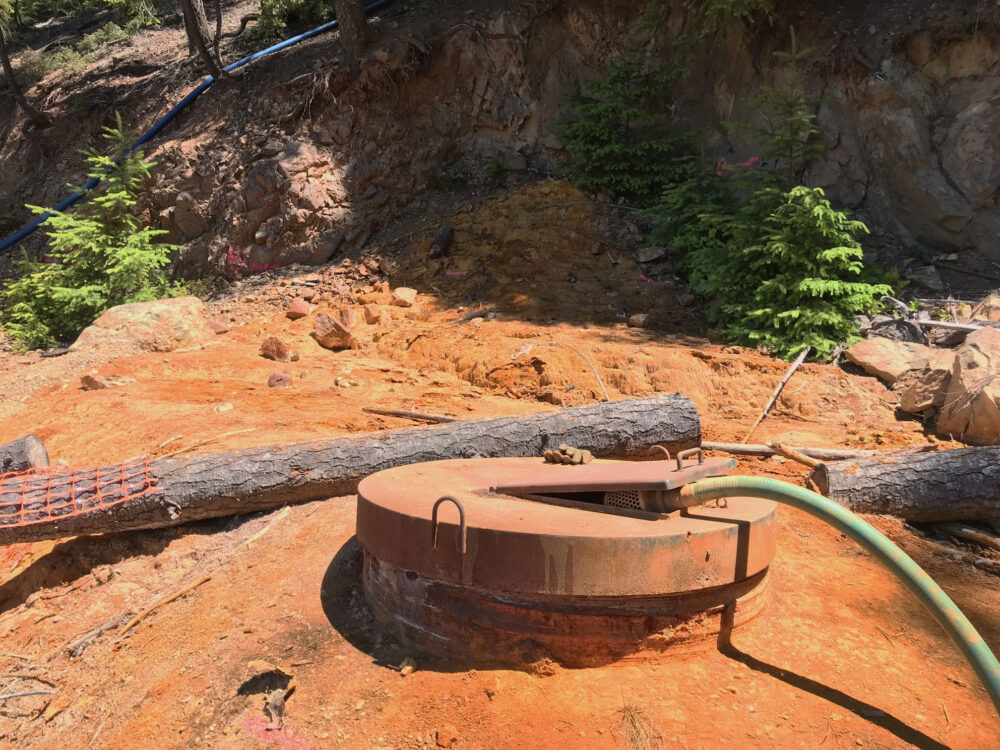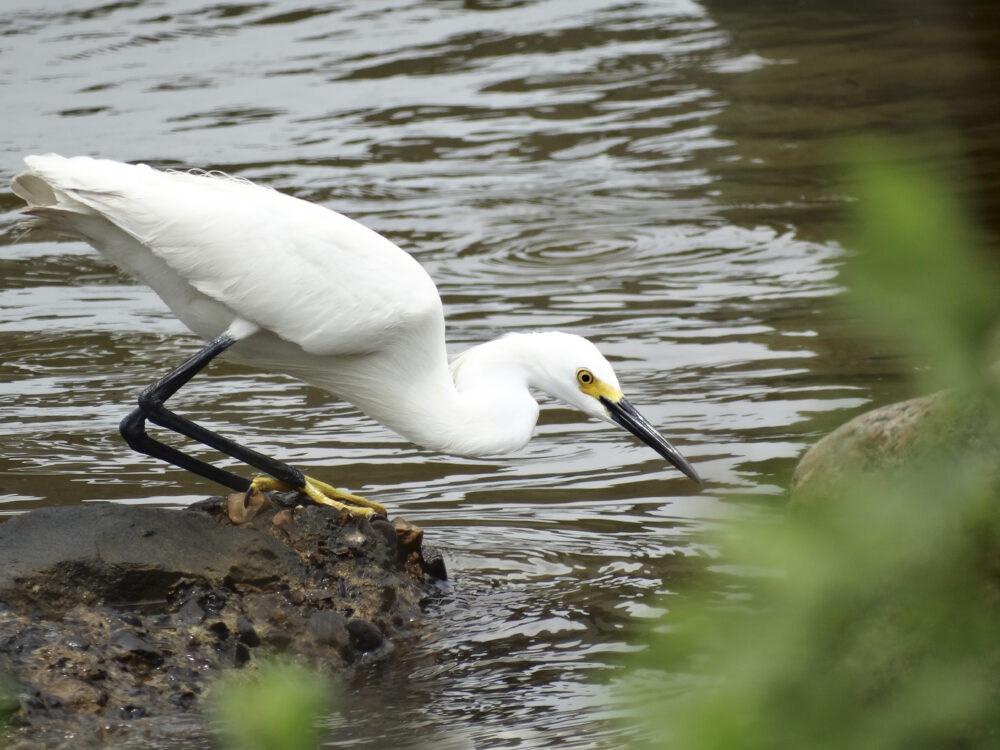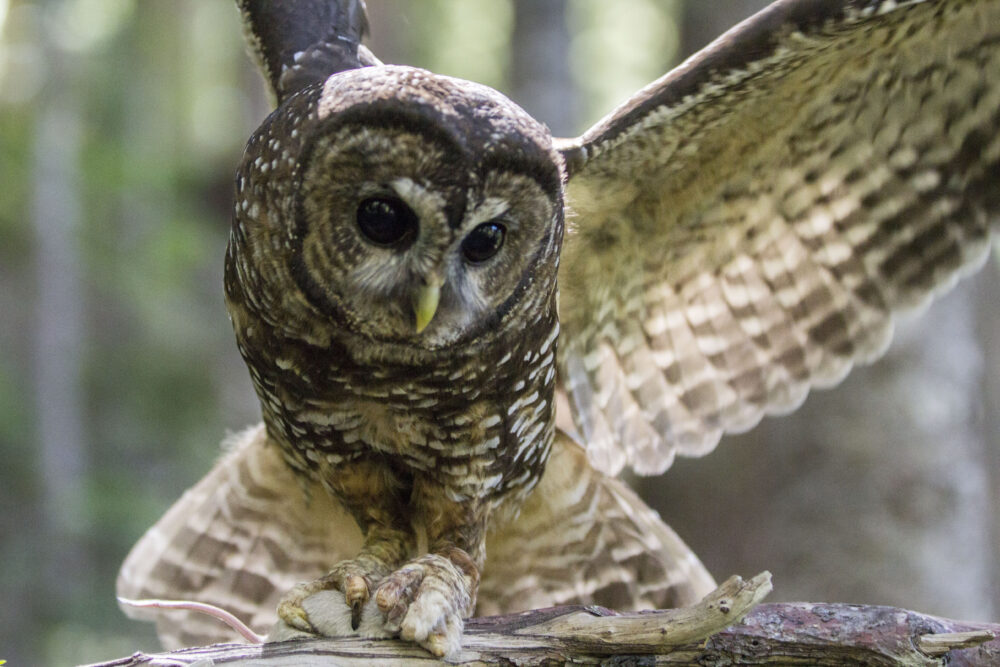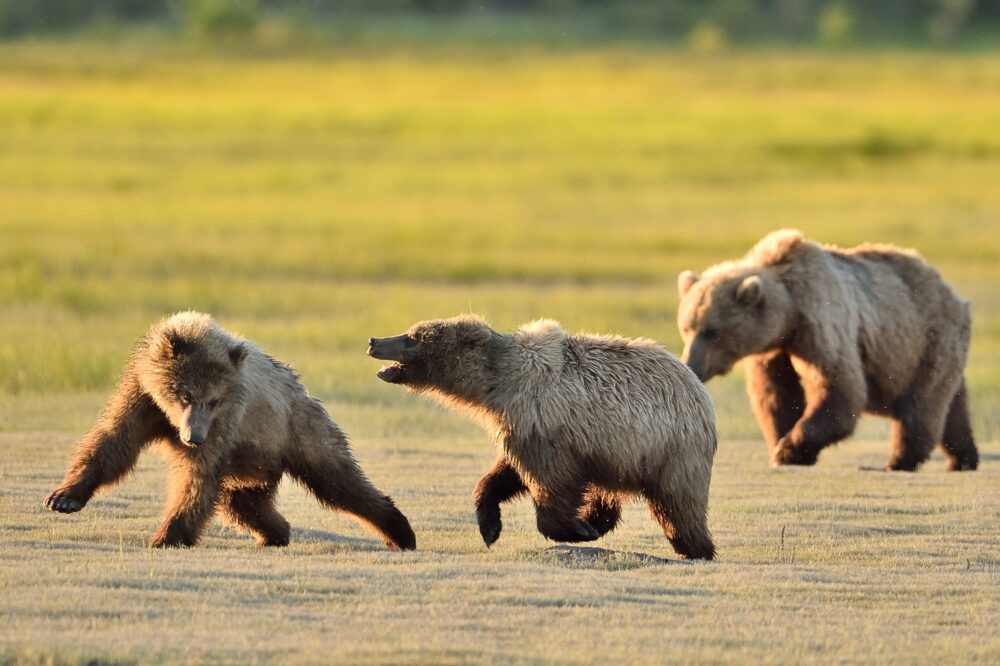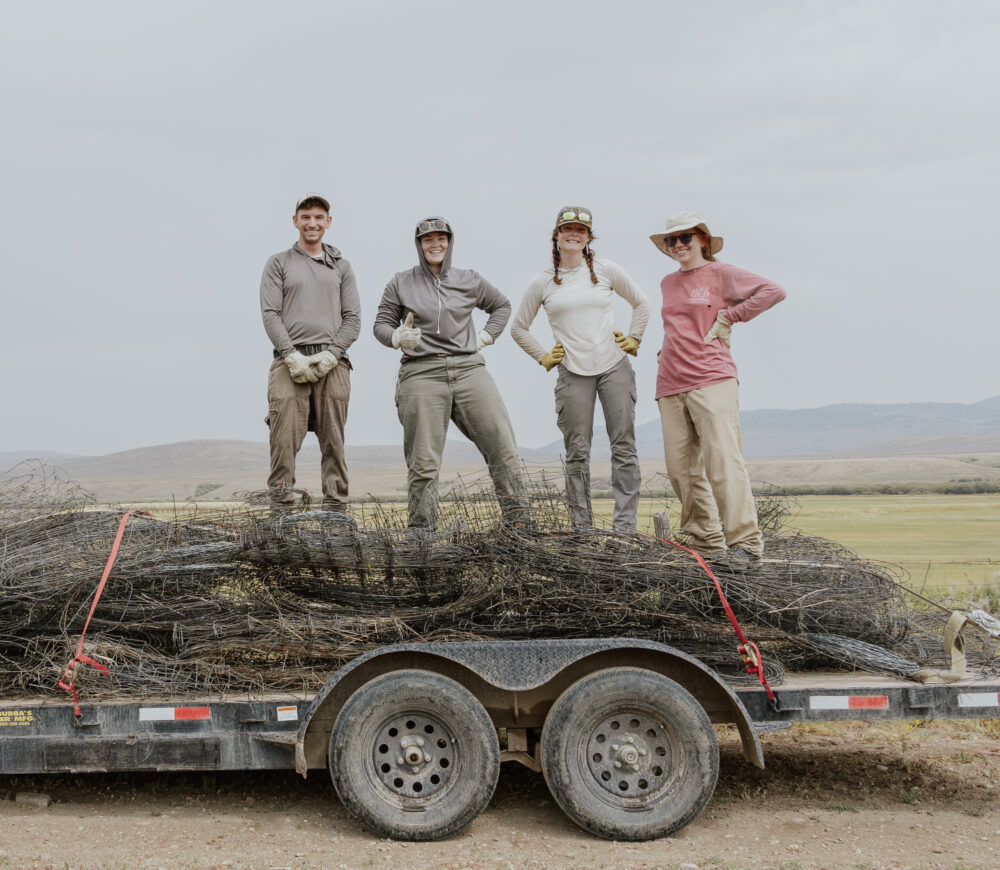We have much more to do and your continued support is needed now more than ever.
Dancing = education?
Does a teacher have to dance to teach good science? Richard Alley of Penn State does (you can see the original post at DotEarth here), twisting around and waving his arms to show how the earth’s orbit influences global temperature and climate, and how these interacts with the atmosphere to create the daily weather conditions that we eventually discuss at cocktail parties. The hope is that such clowning will help students and the odd YouTube viewer understand the science and significance of climate change. Does it work? Hard to say for sure.
Finding new ways to discuss science, particularly such complicated and poorly-understood topics as the climate, is an ongoing challenge for teachers. Between the different learning needs of their pupils and the often-difficult task of distilling ideas that take years to master into a few hour-long classes, very little exists in the way of “best practice.”
But to say it doesn’t happen might be misleading. We’ve done a couple of stories on sustainability-focused education, both in and outside environmental science departments. Some focus on faculty training, like the Curriculum for the Biosphere at Washington State, and others immerse students in the outdoors, like Janice Crede at UW-Superior. St. Olaf College, in Northfield, Minnesota, uses a themed academic year to involve the whole campus in environmental and sustainability issues. Thomas Pfaff at Ithaca gets his math students to do calculus assignments using real-world data, such as atmospheric carbon dioxide levels or world grain production.
Often, these techniques are shared among faculty through disciplinary networks rather than publicized, so it’s likely that there is a lot more going on under the surface than us humble bloggers know. What’s your experience? Seen any especially interesting or innovative teaching strategies, particularly when it comes to science and sustainability?



